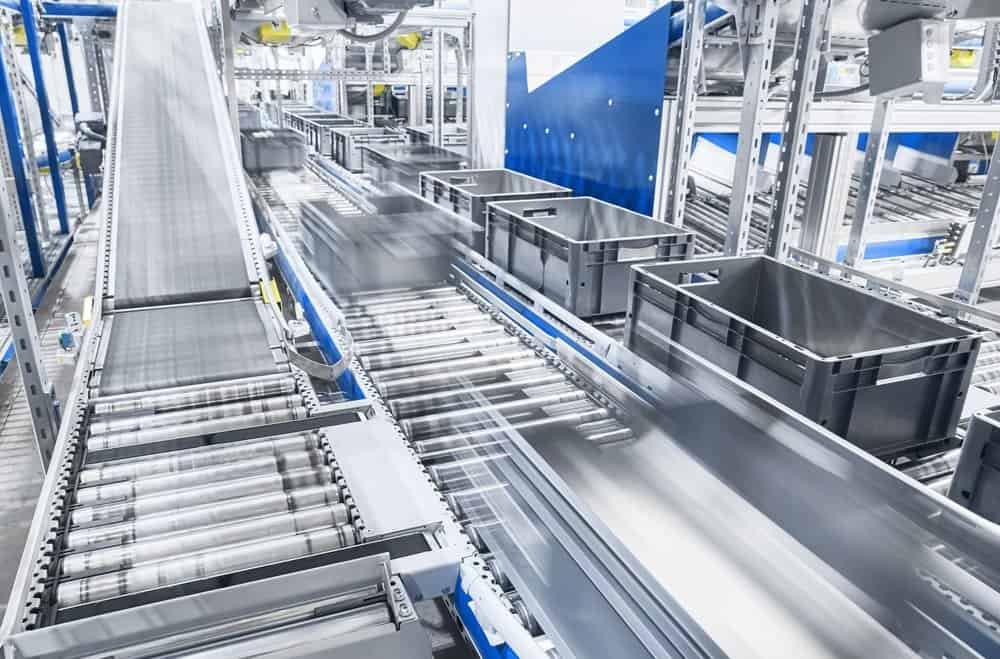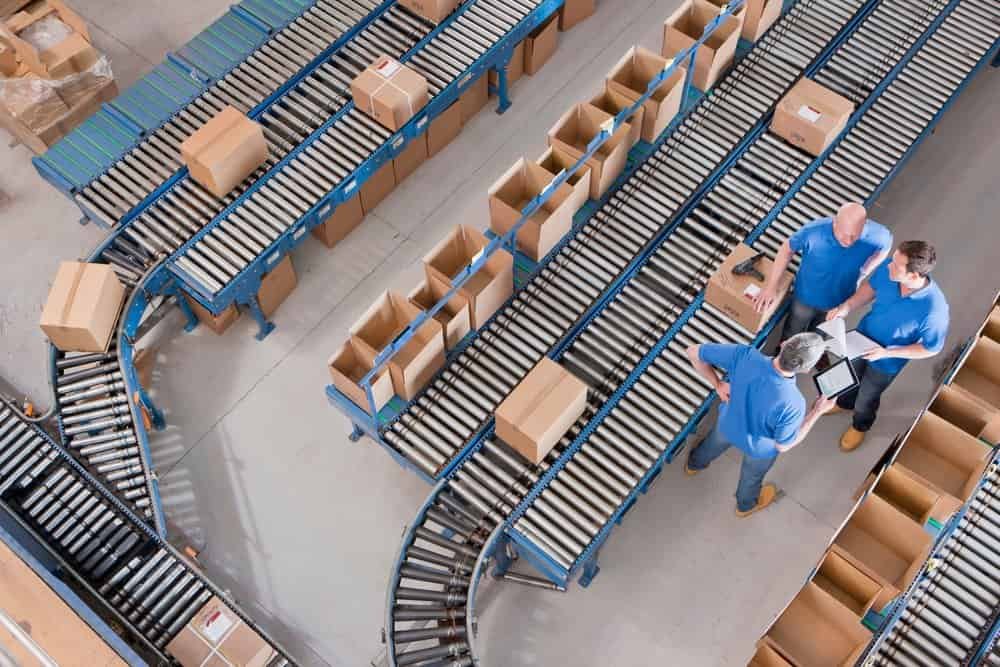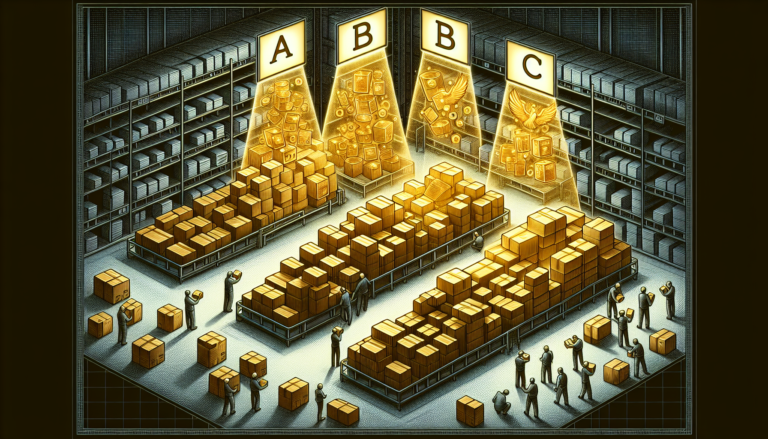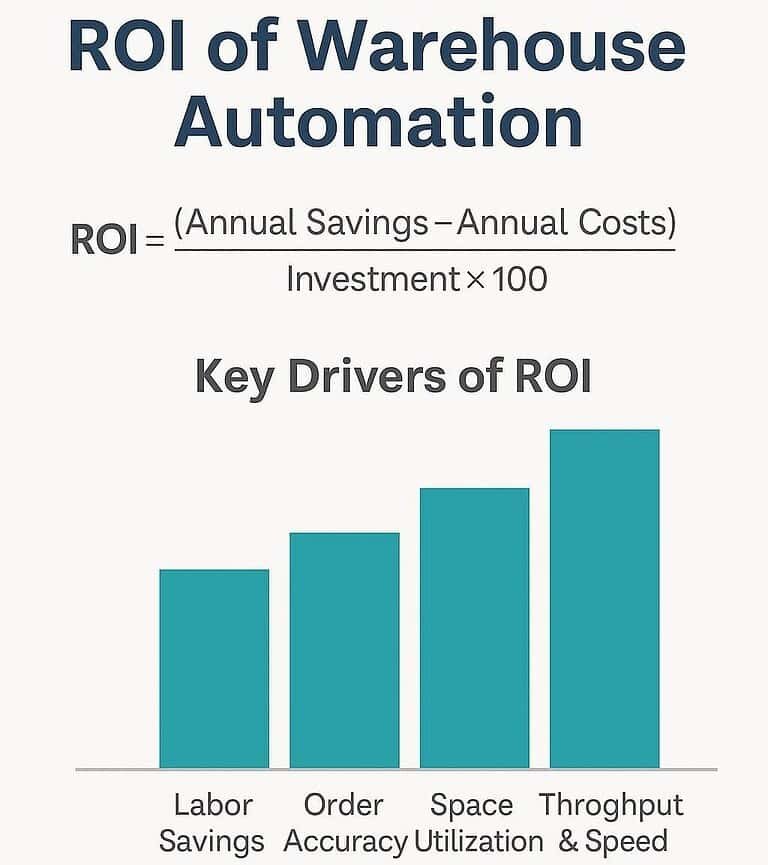Warehouse Bottlenecks: 5 Proven Strategies to Unlock Efficiency
Are you struggling with inefficiencies and delays in your warehouse operations? Are you constantly chasing warehouse bottlenecks? Discover how the Theory of Constraints (TOC) can transform your challenges into opportunities for unprecedented efficiency and throughput.

In the fast-paced world of logistics and warehousing, bottlenecks can significantly hinder efficiency and reduce throughput, impacting overall business performance. Understanding bottlenecks is crucial when improving overall throughput.
First, we will discuss the Theory of Constraints and its importance in finding and addressing warehouse bottlenecks. Then, we will examine a few case studies using real-life examples to understand better.
Introducing The Theory of Constraints
The Theory of Constraints (TOC), a concept introduced by Dr. Eliyahu M. Goldratt, offers a systematic approach to identifying and overcoming these critical bottlenecks.
By focusing on the weakest links in your operations, TOC enables you to unlock new levels of efficiency and productivity, ensuring that your warehouse becomes a cornerstone of competitive advantage.
Table of Contents
Insights from ‘The Goal’ – A Must Read
“The Goal” is a business novel by Dr. Eliyahu M. Goldratt, co-written with Jeff Cox, first published in 1984. It introduces the Theory of Constraints (TOC), a revolutionary management philosophy that prioritizes identifying and addressing system bottlenecks to improve performance.
Through the narrative of Alex Rogo, a plant manager facing the daunting task of turning around his struggling manufacturing facility, Goldratt elucidates complex business concepts in an accessible and engaging manner.
The book emphasizes the importance of continuous improvement and operational efficiency, presenting TOC not just as a manufacturing methodology but as a broader philosophy that can be applied to various aspects of business and personal life.
Core Message
The core message of “The Goal” revolves around identifying a system’s constraints and reorganizing operations to focus on these critical areas to optimize throughput, inventory, and operational expense.
Goldratt challenges traditional business metrics and encourages a shift towards global operational measures that align with an organization’s overall objectives.
Lessons Learned
Since its publication, “The Goal” has been hailed as a transformative work in business management and incorporated into MBA programs, professional development courses, and corporate training programs worldwide.
Its lessons on efficiency, teamwork, and goal-setting continue to inspire and guide professionals across industries, making it a timeless resource for anyone looking to improve their understanding of business operations and management.
Understanding the Theory of Constraints (TOC)
The Theory of Constraints (TOC) is a management philosophy introduced by Dr. Eliyahu M. Goldratt in his 1984 book “The Goal.” It’s aimed at helping organizations achieve their goals by identifying and managing the “constraints” that hinder performance.
TOC applies to various industries, including manufacturing, healthcare, and supply chain management. In warehousing, applying TOC can significantly improve operations, efficiency, and service levels.
Here’s a high-level view of how the Theory of Constraints can be applied to warehousing:
Identifying the Constraint
In warehousing, the first step is identifying the bottleneck or constraint limiting the ability to move goods efficiently. This could be anything from the layout of the warehouse, inefficient stocking procedures, limited storage capacity, or slow-moving items that take up valuable space.
Once identified, efforts should focus on improving or eliminating this constraint.

Exploiting the Constraint
After identifying the bottleneck, the next step is to ensure it’s utilized as efficiently as possible. This means ensuring that the constraint area does not waste time on tasks that could be handled elsewhere or improving processes directly at the constraint point.
For example, if the receiving area is the bottleneck, you might ensure that it is fully staffed and that incoming shipments are scheduled to avoid downtime.
Subordinating Everything Else
This principle involves ensuring that other warehouse processes are aligned to support the constraint. It might mean adjusting the workflow or processes to not overburden the constraint with too much work or ensuring it is always fully utilized.
For example, if the constraint is in the picking process, other warehouse areas might need to adjust their schedules or workloads to ensure that picking can proceed without delays.
Elevating the Constraint

If exploiting the constraint to its fullest potential isn’t enough to achieve the desired throughput, the next step is to add more resources to elevate the constraint’s capacity. This could involve investing in more space, equipment, or staff for the bottleneck area.
Pro Comment: You’re trying to blow up the bottleneck to prove that your ‘bottleneck theory’ is correct. Removing a bottleneck speeds up everything, typically with the same amount of labor—easy savings! Plus, you can capture the savings and use it to justify new technology that can improve the bottleneck. So, while your ‘bottleneck test’ may require more labor, it’s worth it in the short term.
Re-evaluating the System
After addressing a constraint, it’s important to analyze the entire warehousing operation again. Solving one bottleneck may cause another to become the new constraint. The process is continuous, and ways to improve efficiency and throughput are always sought.
Implementing TOC in Warehousing: Real-world Application
Applying TOC in warehousing could involve various strategies, such as redesigning the layout for a more efficient flow of goods, implementing just-in-time inventory to reduce storage needs, or adopting technology solutions like warehouse management systems (WMS) to plan better and execute warehouse operations.
Pro Tip: If you want to improve your total system throughput, you have to find and eliminate the bottleneck. Improvements made to other processes are always appreciated, but if you are not improving the bottleneck, you are not going to reap the benefits of the Theory of Constraints.
It is also important to understand that once you fix your current bottleneck, the bottleneck will move to your next slowest process. You will always have one process that dictates the overall system processing time.
Equipment Bottleneck: A Case Study
Coming soon
Conveyor Bottleneck: A Case Study
Coming soon
Work in Process Bottleneck: A Case Study
Coming soon

Conclusion – Warehouse Bottlenecks
In summary, the Theory of Constraints provides a powerful framework for identifying and addressing bottlenecks in warehousing operations.
By systematically identifying and managing constraints, warehouses can significantly improve their operational efficiency, reduce costs, and improve service levels.
This approach requires a continuous process of evaluation and adaptation but can lead to substantial improvements in warehouse performance.






